Photo Gallery for Diaphania costata - No common name | 84 photos are available. Only the most recent 30 are shown.
|
 | Recorded by: Simpson Eason on 2023-10-27
Durham Co.
Comment: | 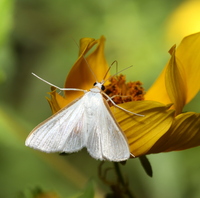 | Recorded by: David George, Jeff Niznik on 2023-09-16
Durham Co.
Comment: |
 | Recorded by: David George on 2023-09-13
Durham Co.
Comment: | 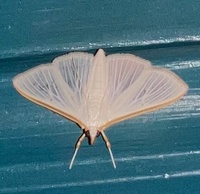 | Recorded by: Ken Kneidel on 2023-09-11
Mecklenburg Co.
Comment: |
 | Recorded by: David George, Jeff Niznik on 2023-09-11
Orange Co.
Comment: | 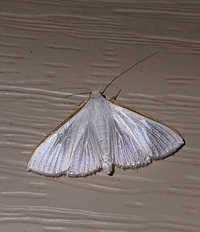 | Recorded by: Mark Basinger on 2023-09-09
Wilson Co.
Comment: |
 | Recorded by: Simpson Eason on 2023-09-01
Durham Co.
Comment: |  | Recorded by: Mark Basinger on 2023-08-29
Wilson Co.
Comment: |
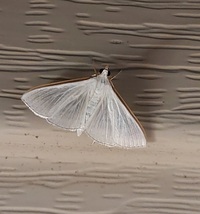 | Recorded by: Mark Basinger on 2023-08-29
Wilson Co.
Comment: | 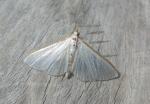 | Recorded by: R. Newman on 2023-06-03
Carteret Co.
Comment: |
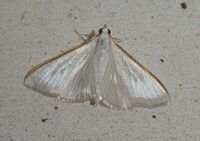 | Recorded by: Simpson Eason on 2022-11-05
Durham Co.
Comment: | 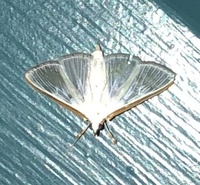 | Recorded by: Ken Kneidel on 2022-10-14
Mecklenburg Co.
Comment: |
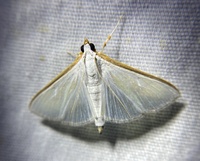 | Recorded by: David George, L.M. Carlson, Becky Watkins on 2022-10-05
Durham Co.
Comment: | 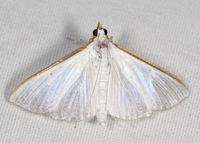 | Recorded by: John Petranka on 2022-09-26
Orange Co.
Comment: |
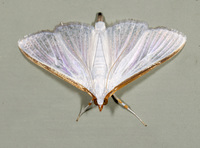 | Recorded by: John Petranka on 2022-09-21
Orange Co.
Comment: | 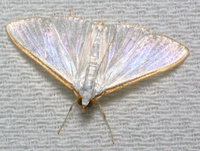 | Recorded by: Chuck Smith on 2022-09-15
Davidson Co.
Comment: |
 | Recorded by: Simpson Eason on 2022-08-25
Durham Co.
Comment: |  | Recorded by: Jennifer Smith on 2022-08-13
Cumberland Co.
Comment: |
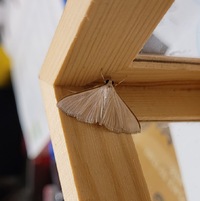 | Recorded by: Jennifer Smith on 2022-08-13
Cumberland Co.
Comment: | 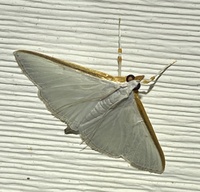 | Recorded by: David George, Becky Watkins on 2022-08-08
Durham Co.
Comment: |
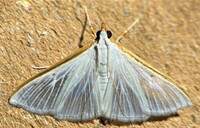 | Recorded by: Dean Furbish and Joy Wiggins on 2022-06-07
Wake Co.
Comment: |  | Recorded by: Simpson Eason on 2021-09-25
Durham Co.
Comment: |
 | Recorded by: Susie Moffat on 2021-09-18
Chatham Co.
Comment: | 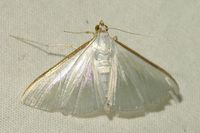 | Recorded by: Owen McConnell on 2021-09-12
Durham Co.
Comment: |
 | Recorded by: Simpson Eason on 2021-09-07
Durham Co.
Comment: | 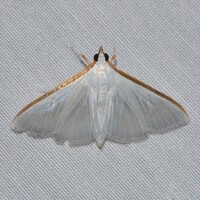 | Recorded by: Jeff Niznik on 2021-09-06
Wake Co.
Comment: |
 | Recorded by: Dean Furbish on 2021-09-04
Wake Co.
Comment: |  | Recorded by: Dean Furbish on 2021-08-06
Wake Co.
Comment: |
 | Recorded by: David George on 2021-07-22
Durham Co.
Comment: | 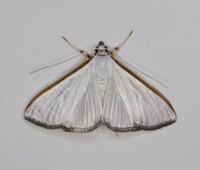 | Recorded by: Gary Maness on 2020-11-11
Guilford Co.
Comment: |
|